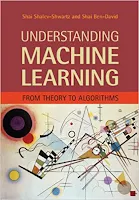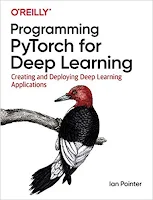The Deep Learning Revolution by T. J. Sejnowski
Terrence J. Sejnowski ... 354 pages - Publisher: MIT Press; (2018) ... Language: English - ISBN-10: 9780262038034 - ISBN-13: 978-0262038034.
How deep learning -from Google Translate to driverless cars to personal cognitive assistants- is changing our lives and transforming every sector of the economy. The deep learning revolution has brought us driverless cars, the greatly improved Google Translate, fluent conversations with Siri and Alexa, and enormous profits from automated trading on the New York Stock Exchange. Deep learning networks can play poker better than professional poker players and defeat a world champion at Go. In this book, Terry Sejnowski explains how deep learning went from being an arcane academic field to a disruptive technology in the information economy.
How deep learning -from Google Translate to driverless cars to personal cognitive assistants- is changing our lives and transforming every sector of the economy. The deep learning revolution has brought us driverless cars, the greatly improved Google Translate, fluent conversations with Siri and Alexa, and enormous profits from automated trading on the New York Stock Exchange. Deep learning networks can play poker better than professional poker players and defeat a world champion at Go. In this book, Terry Sejnowski explains how deep learning went from being an arcane academic field to a disruptive technology in the information economy.



















